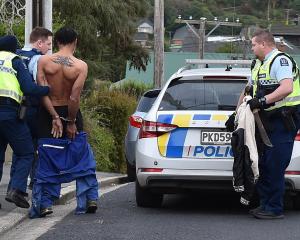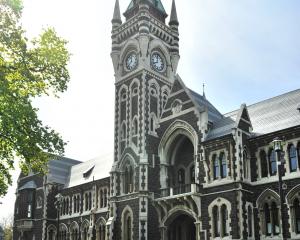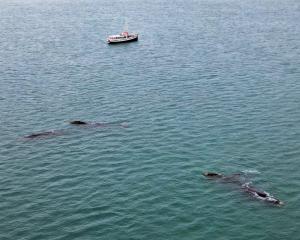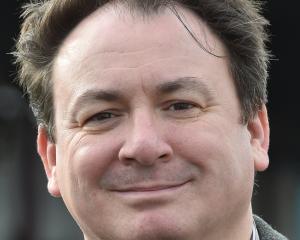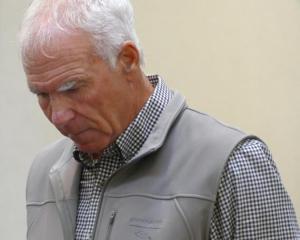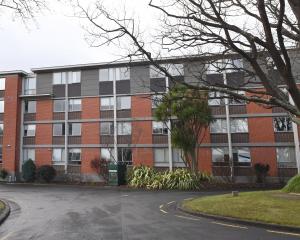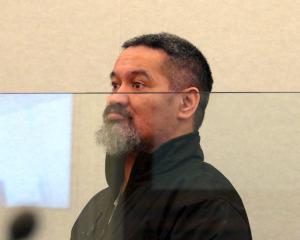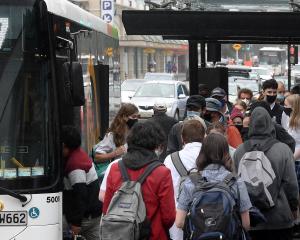Up to 29 Dunedin churches will be analysed by international seismologists and engineers as part of a nationwide research project aimed at gauging their seismic fitness in the event of an earthquake.
The two-year project, funded by the Earthquake Commission, will involve scientists from New Zealand, Italy and Portugal developing a seismic vulnerability index for unreinforced masonry churches and historic buildings to help with decisions on retrofitting to prevent damage in future earthquakes.
Initially, they will use data from 48 unreinforced masonry churches in Canterbury, which suffered damage in the Canterbury earthquakes in 2010 and 2011.
It will be compared with structural data from 29 Dunedin churches, including Knox Church, St Paul's Cathedral and Sacred Heart Church, as well as 11 churches in Wellington and 50 churches in Auckland.
Project leader Tatiana Goded, of GNS Science, said there was no standard or systematic way to assess the earthquake vulnerability of New Zealand churches at the moment.
The project would be based on a proven method used in Europe to assess the vulnerability of churches and monuments, she said.
''However, we will need to calibrate this method to ensure it is accurate for New Zealand conditions.''
University of Canterbury civil and natural resources engineering lecturer and group spokeswoman Sonia Giovinazzi said the geometric features of Dunedin's churches would be compared with those in Christchurch to identify weak links in the designs which may cause them to collapse in an earthquake.
The data would be used to create a ''1 to 5 type'' index where type 1 churches were relatively vulnerable, and type 5 churches were the least at risk, she said.
It was hoped the data would also provide information on how to mitigate against those vulnerabilities.
The project was the first step towards assessing all historic buildings in the country, to preserve New Zealand's cultural and historical heritage, Dr Giovinazzi said.
The group was focusing on churches initially because their height, shape and dimension made them particularly vulnerable in earthquakes, she said.
If funding permitted, the group would continue the project to look at buildings such as the Dunedin Railway Station, University of Otago buildings, Larnach Castle and other heritage buildings around New Zealand.
Dr Goded said churches in New Zealand's four main centres had been selected to ensure a fair cross section of seismic scenarios in New Zealand, but at this stage GNS Science has released the names of only three churches per city that it will be researching.
The project leaders declined to supply the names of the other churches without first obtaining permission from their owners.


